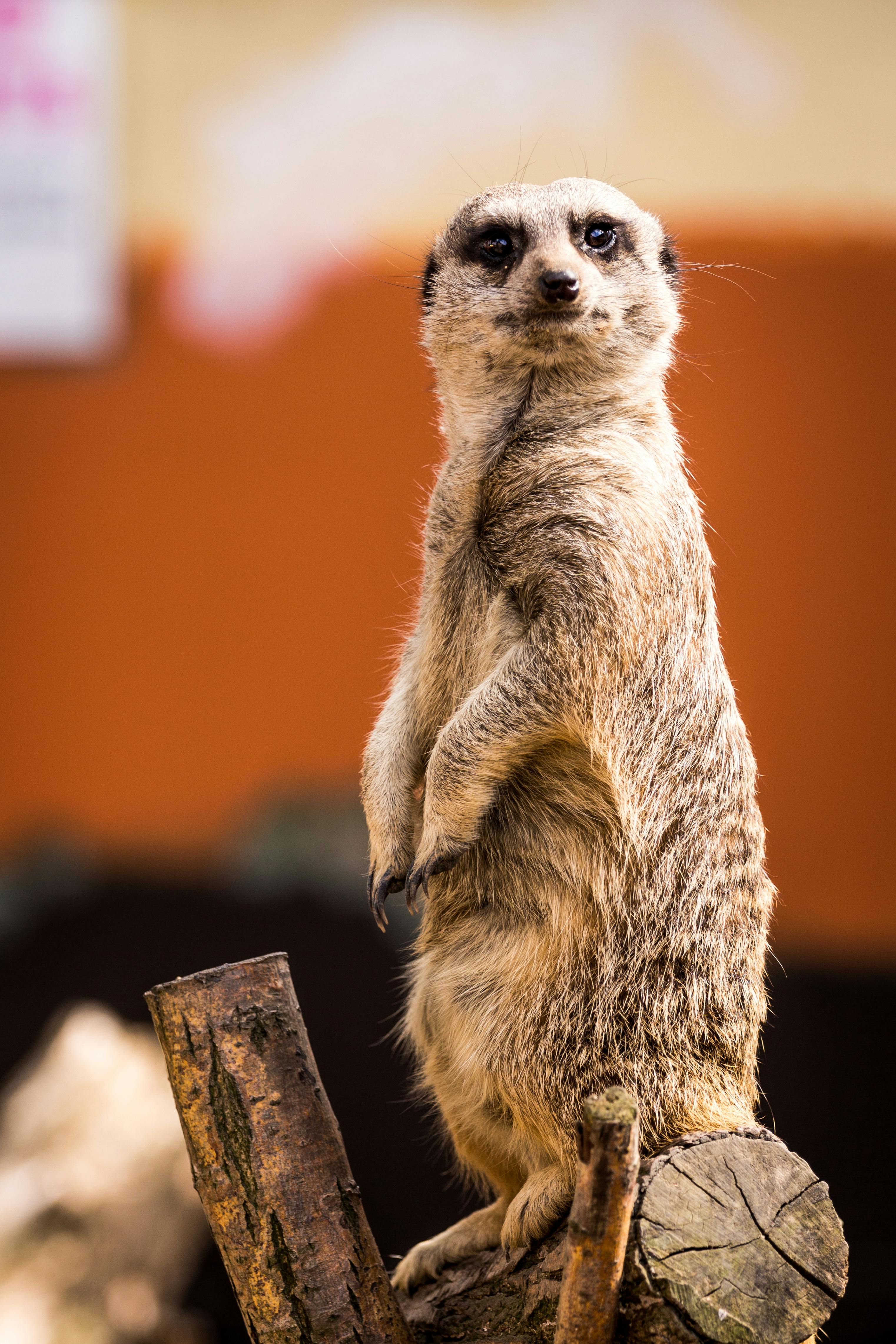Decoding the Social Structure of Meerkats: An In-Depth Analysis
Introduction: Get ready to embark on a captivating journey into the world of meerkats, where we’ll unravel the intricacies of their social structure, unique habits, and survival tactics. With their cooperative behavior and complex social dynamics, meerkats offer a fascinating glimpse into the natural world.

The Enigmatic World of Meerkats: A Backdrop
Meerkats, small carnivorous mammals belonging to the mongoose family, are famous for their upright posture, curiosity, and cooperative nature. They inhabit the arid regions of southern Africa, including the Kalahari Desert. Historically, meerkats have always been a subject of fascination for researchers due to their sophisticated social structure and survival strategies. Unlike many other animal species, meerkats live in highly organized and structured colonies, known as ‘clans’ or ‘mobs’, each comprising up to 50 individuals.
Sophistication in Simplicity: Meerkat Social Structure
The meerkat society is matriarchal, with the dominant female leading the clan along with a dominant male. They have a strict hierarchy where each member has a specific role, from foraging for food to babysitting the young ones, and even acting as sentinels to guard the group against threats. Remarkably, meerkats demonstrate a degree of cooperation and altruism rarely seen in the animal kingdom.
Unraveling Latest Discoveries: The Meerkat Saga Continues
Recently, scientists have discovered more intriguing aspects of meerkat behavior. For instance, meerkat pups learn skills and behaviors by mimicking adults, a trait previously believed to be exclusive to primates and certain bird species. Furthermore, researchers have unveiled that meerkats use a complex system of vocalizations to communicate, indicating a higher level of cognitive ability than previously assumed.
The Meerkat Market: A Peek into the Pet Trade
While it’s illegal to own meerkats as pets in many countries due to their complex social needs and aggressive nature, there exists a grey area in the pet trade. The estimated price fluctuates heavily based on location and legality, ranging from a few hundred to several thousand dollars. However, the impact of this trade is negative, leading to distress for the animals and potential danger for owners.
The Meerkat Conundrum: Balancing Complexities and Curiosities
While the world of meerkats is fascinating, it also poses numerous challenges. Their social structure, while efficient, can be brutal, with dominant individuals often displaying aggression towards subordinates. Furthermore, their survival strategies, though effective in the wild, make them unsuitable as domestic pets. As we continue to unravel the mysteries of these charismatic creatures, it becomes clear that their best interests lie in preserving their natural habitats and observing them from a distance.
In conclusion, the intricate world of meerkats offers a unique perspective into the complexities of the animal kingdom. Their social structure, survival tactics, and recent discoveries about their cognitive abilities make them one of the most fascinating subjects in the realm of wildlife. However, the challenges these animals face in the wild and in the pet trade remind us of the importance of responsible wildlife conservation and our role in preserving the natural world.




